Imagine you could move your pieces more than once each turn while playing chess.
Making multiple moves per turn increases Whites’ first-mover advantage because development is much faster, and White can rapidly set up their pieces to gain an edge.
That’s what the chess tempo is all about. Let us explain better:
What is Chess Tempo?
Tempo is an Italian term that means time. However, in chess, this term does not refer to the amount of time each player has on the clock.
It is instead a method of identifying each turn a player takes to move a piece. The term tempi refers to more than one tempo.
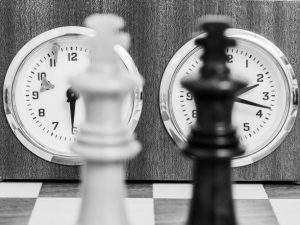
It is the efficacy of players’ moves. Tempo can be gained or lost by force or error.
For instance, when you force your opponent to make a defensive move, you gain tempo. Conversely, if you take evasive action, you lose tempo. However, making a move with perfect accuracy does not result in a loss of tempo.
Half Tempo
Many chess players use the word half tempo during game analysis but half tempo isn’t a thing. A chess move is a composite of tempos from each player.
For instance, “1.d4 Nf6” is one move, while “1. d4” and “1…Nf6” are each one chess tempo. Since it is not possible to make a half-move, the half-tempo is impossible.
Gaining a Tempo in Chess
A player gains tempo when they force an opponent to make a move they would not have made otherwise.
A situation where a player moves a rook, forking two opponent pieces. His opponent has no choice but to move one of the pieces under threat, which is usually not the next move in their mind.
Another example is a pawn moving into an advanced position and threatening an opponent’s queen while in a defended position.
The opponent will have no choice but to move the queen, allowing the player to gain more tempo by attacking again. The ebb and flow of chess tempo determine the success or failure of attacking and defending.
Losing a Tempo in Chess
Suppose you are diverted from your intended strategy or forced to make a defensive or offensive play due to a move made by your opponent that you did not foresee.
In that case, you will lose a tempo until you can make an equally attacking move.
Because your strategy has been disrupted, it has taken you two moves to continue your plan, even though it is now possible, rather than easily progressing with only one.
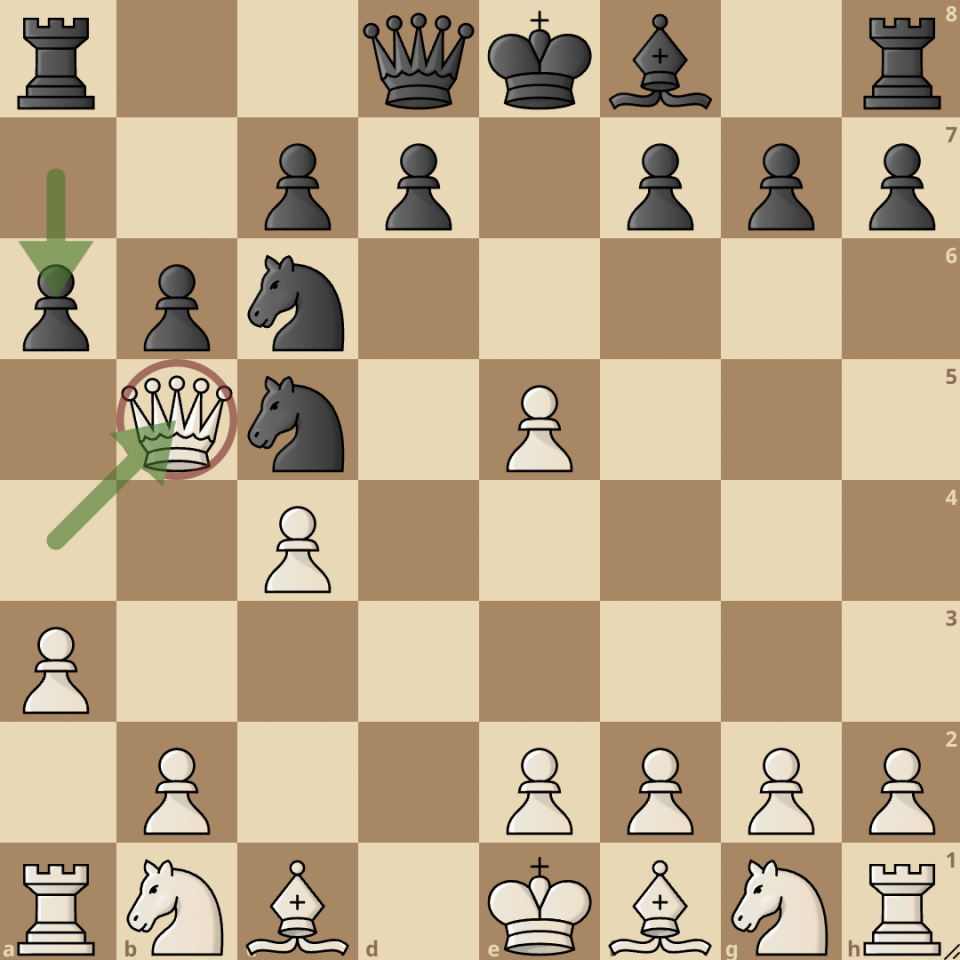
In the position above, White moves their queen from a4 to b5, and Black moves a pawn to a6 attacking the White queen on b5. White loses a tempo and their queen after making their next move.
Importance of Chess Tempo
Now, the advantages of gaining a tempo are quite obvious.
Understanding what tempo is and how to use it to your advantage in the game is critical to improving your chess skills and becoming a stronger chess player.
You are more likely to gain tempo when you move to a good square and force your opponent to make an unplanned move that is not part of their strategy.
If you can catch your opponent off guard with a timely check, they will surely have to make an unexpected move and lose pace, giving you more room to carry out your plans.
Taking Advantage of Tempo in Chess
Tempo can be gained or lost at any point during the game.
Depending on the openings and defenses used by either player, the tempo can switch straight away.
Attacks, defense systems, and gambits are designed to provide either side an early edge, and many advantages can be earned or lost in the first half dozen moves.
It would help if you studied chess openings to understand the threats and opportunities that could win or lose tempo early in the game.
Now that you understand tempo in chess, you can play some games online. Practice gaining tempo or not losing tempo during your games.
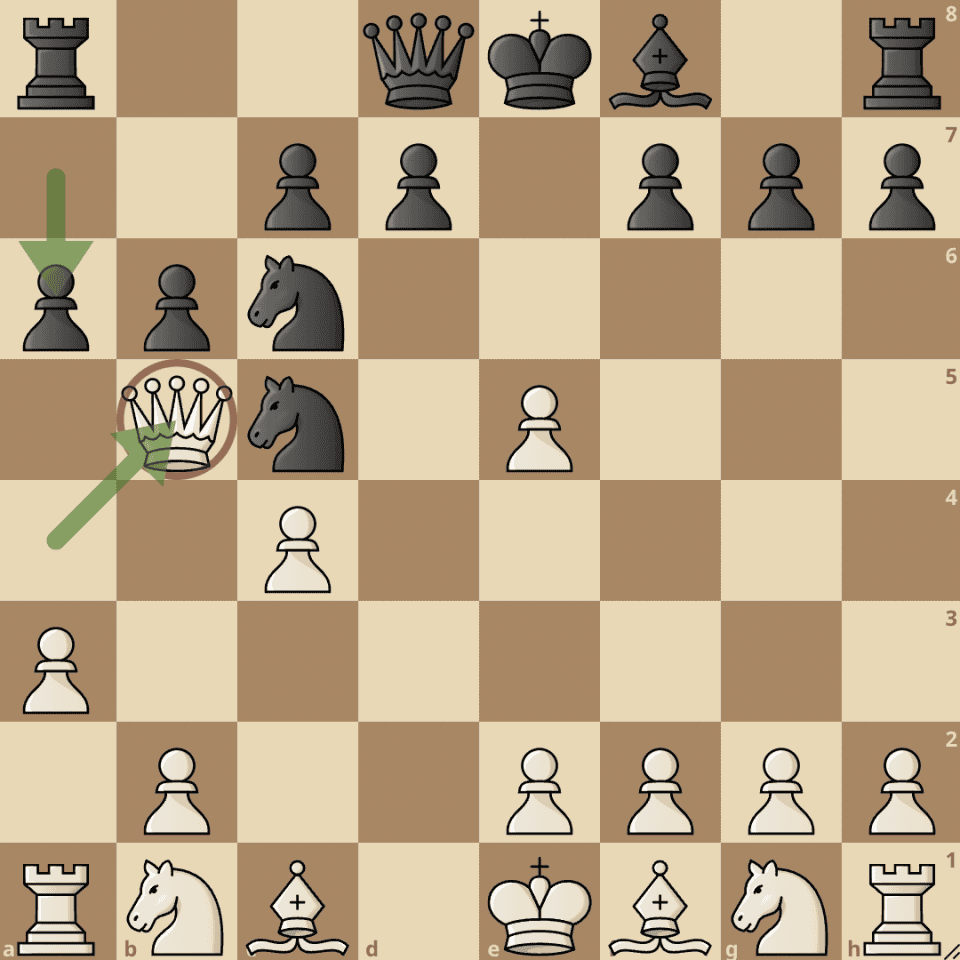

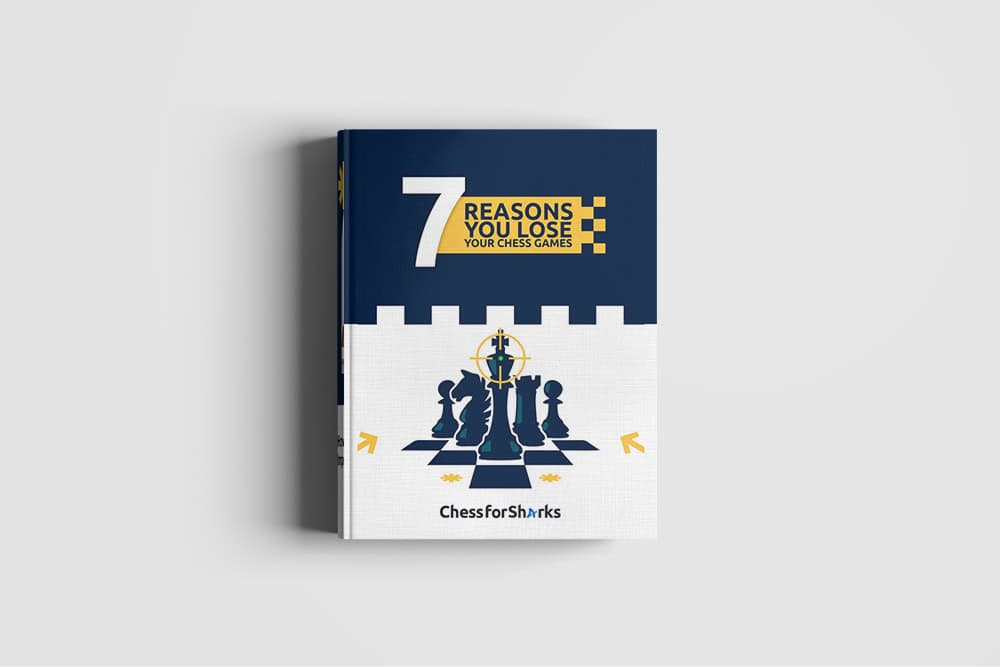

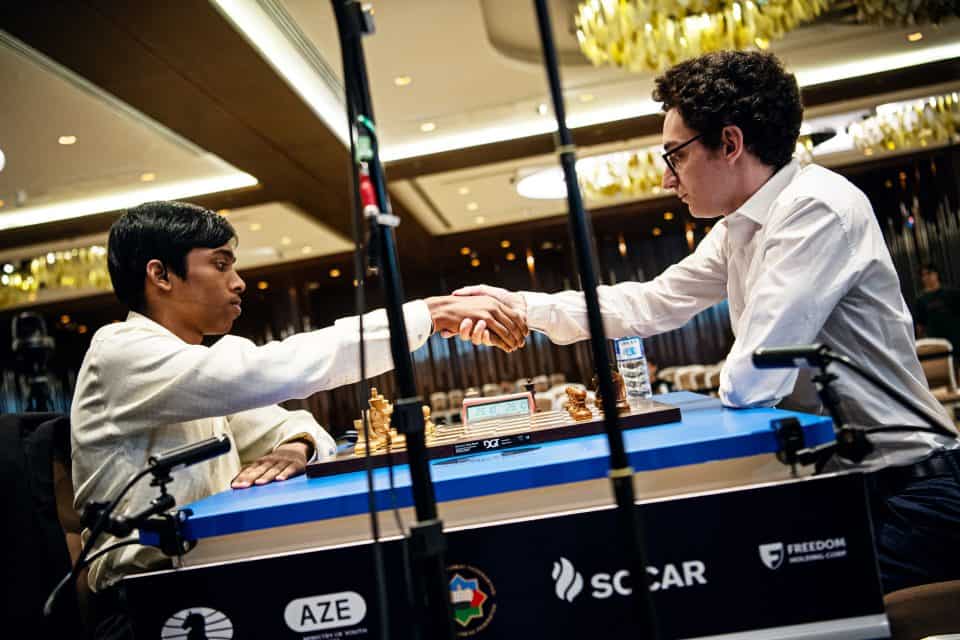
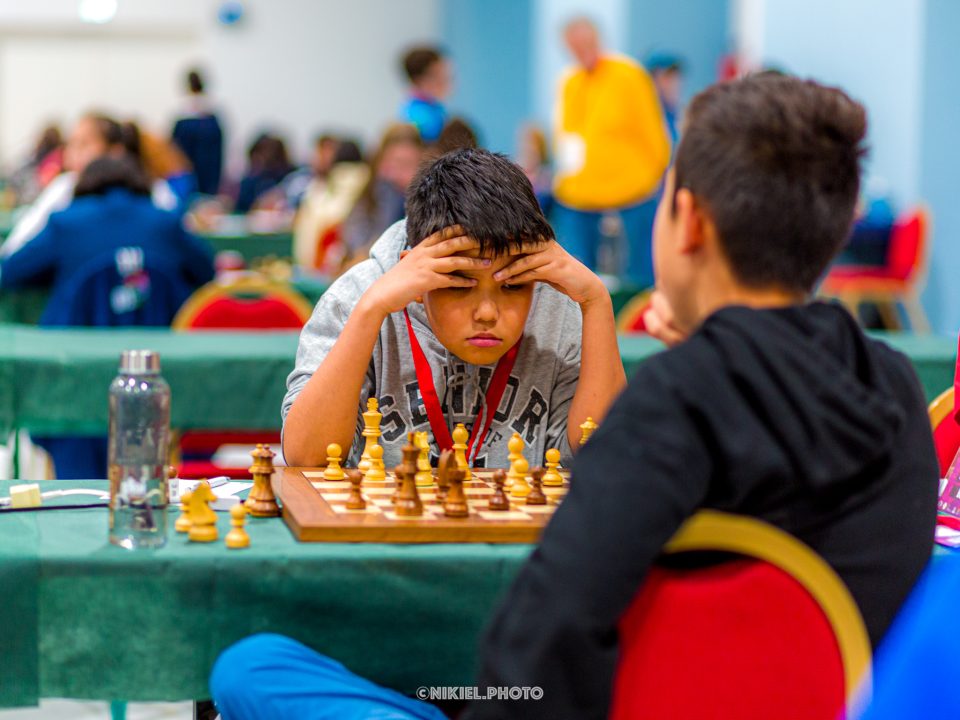
join the conversation